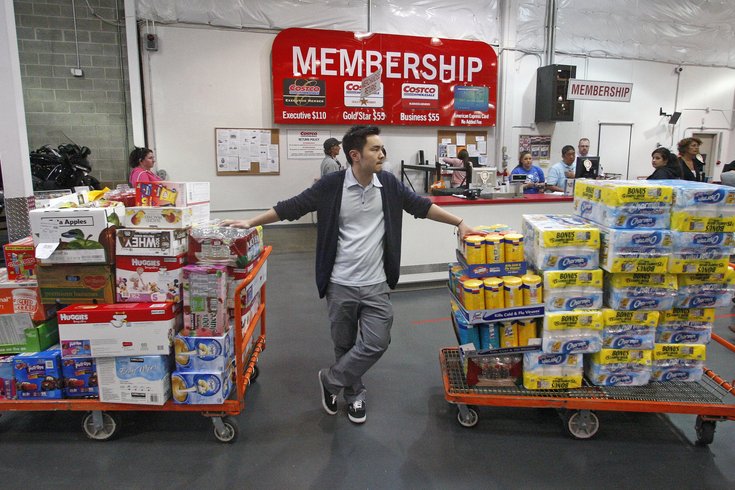Cash-on-cash return real estate can take a little while to get your head around and completely understand. There are various ways to assess whether a potential deal is worth it or not, and one of the most basic of these is known as ‘cash-on-cash return’.
Many investors consider this to be the most important factor of an investment. But what does it all mean? The following will explain how exactly cash-on-cash return works, and the things you should consider when assessing an investment of this kind.
What is Cash-on-Cash Return?
Cash-on-cash return investment is a type of return that’s used predominantly in the real estate and property market, and is a way of calculating how much cash income is earned after a cash investment of a property.
More specifically, it’s a way of working out the annual return that’s made in comparison to the cost of the mortgage that same year. To many real estate investors, this is the most important calculation to work out.
How Does Cash-on-Cash Return Work?
Cash-on-cash return allows you to understand whether or not a property is ‘performing’ as well as is hoped – i.e., making enough money back in return for the money invested. Calculating this doesn’t just give you an idea of the investment over the current or past year, but helps you work out how much return you’re likely to make over the whole lifetime of the property.
Because of this, cash-on-cash return is especially key for those taking out a mortgage or long-term debt in order to pay for their property, as this helps determine whether this loan has earned them or lost them money.
When the loan is taken out, the interest on it is another factor in calculating the true cash-on-cash return, as to make a profit, the investor must not only make back the money initially invested, but also the interest paid on the loan as well.
Standard ROI (return on investment) is only used to calculate the return itself, whereas cash-on-cash returns measure this return on the cash invested, making it a more accurate and detailed analysis of whether the investment was worth it or not.
Cash-On-Cash Return Limitations
As mentioned earlier, working out the cash-on-cash return for a property is an excellent way to predict its profit over the property’s lifetime. But it’s important to understand that these are only predictions, and that the future return is not guaranteed.
As well as this, the investor may end up making more than the predicted cash-on-cash return. It’s also important to know that cash-on-cash-returns aren’t the same as any sort of debt or scheduled repayment for a fixed amount, as this is a guaranteed amount that must be paid, not a calculated prediction or profit.
Put simply, any investor should understand that their cash-on-cash return isn’t guaranteed, so it’s advised that they have some sort of contingency to account for this.
What’s Considered to Be a Good Cash-on-Cash Return?
Understanding what is cash-on-cash return is one thing, but understanding whether an investment offers a ‘good’ cash-on-cash return is another thing altogether. There’s no set rule of number that defines whether a cash-on-cash return is ‘good’ or not, but certain percentages can act as guidelines to investors.
Some investors claim that a 5% predicted return is good, whereas some aim for 10 and even 15%. It all depends on your goals as an investor, your experience, knowledge, and your appetite for risk – as well as what type of investment you’re investing in.
An experienced investor might aim for a higher percentage return due to their knowledge of the market, or alternatively might settle for a lower rate of return as they can sense whether an investment is consistent or not.
The most important thing for new investors to remember is that investments always involve risk, and there’s no guarantee that you’ll make – not only the money you’ve targeted for – but any money at all. Assessing the risk and calculating the chances or return are key in determining whether it’s too risky to go for, or too rewarding to pass up.
Conclusion
All in all, for any investor, getting familiar with cash-on-cash returns will allow you to work out which investments are ideal for you, and which are too risky and should be avoided.
Understanding both the numbers and factors in play with real estate, as well as potential changes in both the market, regulations, and real estate culture itself, will help you make the best decisions in order to maximize your profit.
Although cash-on-cash return is considered to be one of the best calculations out there, it certainly isn’t flawless, and other calculations should be used as well if you want to have a more accurate and reliable measure of potential return.






